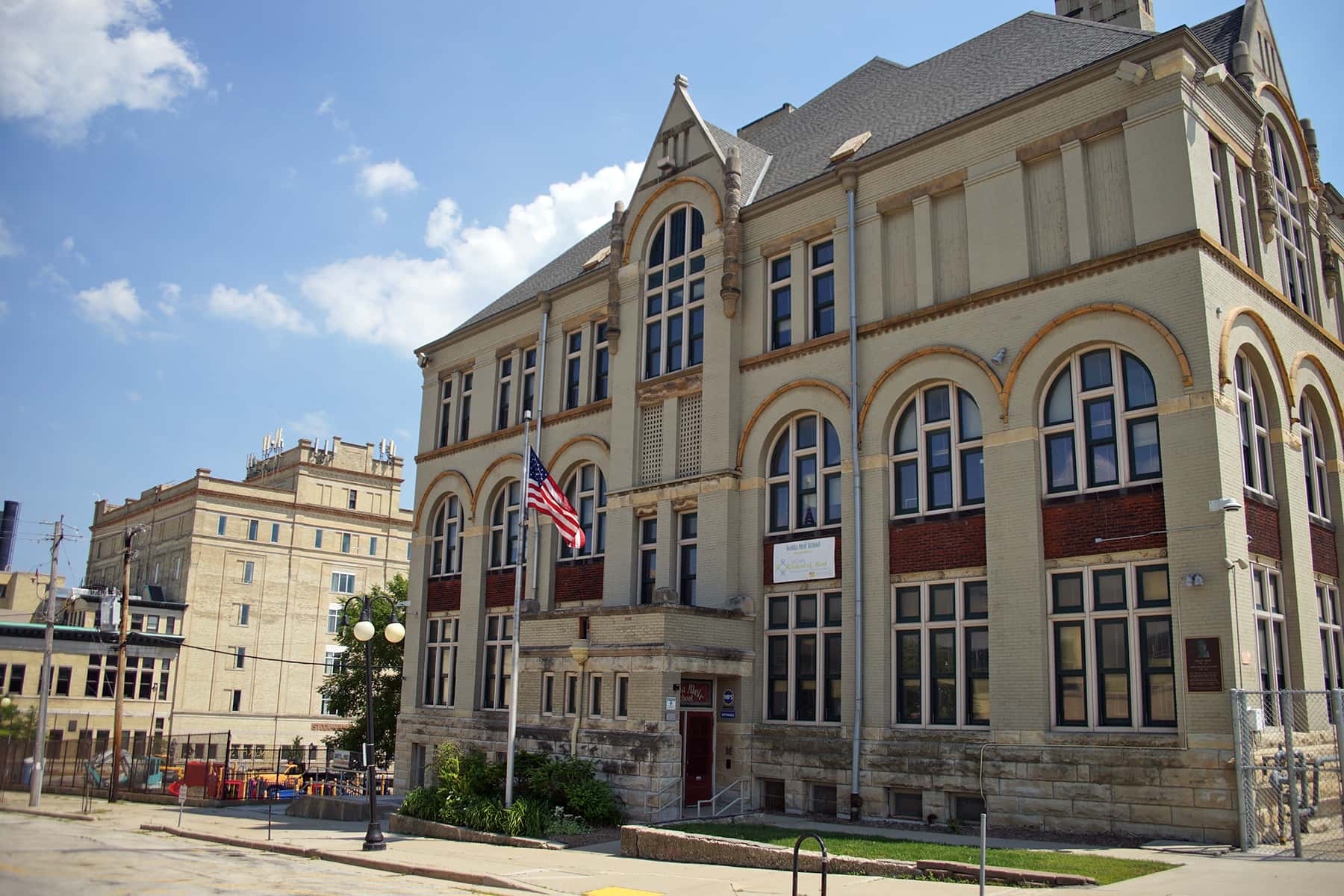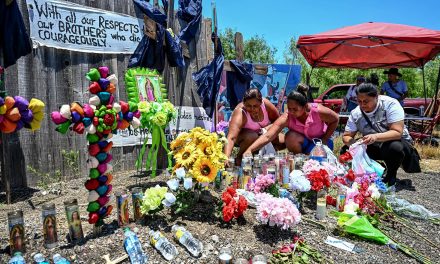
Governor Tony Evers signed an executive order on July 14 establishing a task force on broadband access. The body will attempt to find ways to provide internet to the 26.7% of rural Wisconsin residents who don’t have access to at least one broadband service.
The state has already doled out $24 million in grants this year to build the necessary infrastructure, but the need for quality, high-speed internet has intensified as nearly every industry has become, in some way or another, a virtual operation.
“The COVID-19 pandemic has magnified the problems people face when they don’t have broadband access, something residents in Northern Wisconsin know all too well,” Senate Democratic Leader Janet Bewley (D-Mason) said in a statement on July 14. “Whether it’s for jobs, education or for health and safety, we need to find a way for the citizens of rural Wisconsin to access affordable and reliable high speed internet services.”
Among the task force’s more than 20 members are several educational experts, who are coming off a spring in which the entire country turned on a dime to figure out how to teach remotely.
Moving to remote instruction in the spring had plenty of bumps, and school administrators are now less than 50 days from the start of the 2020-21 school year — faced with the challenge of making buses, choir practice and gym safe for students as schools reopen, not to mention providing adequate internet for large swaths of students.
Todd Felhofer is the district administrator, and the 7-12 grade principal, at the School District of Greenwood in the rural area between Eau Claire and Stevens Point. He said even his home satellite internet service can be spotty and if he tries to reach the elementary principal at home on his cell, the bad reception means the call won’t go through.
In Greenwood, Felhofer said, 10-15% of students don’t have any internet access, while 40-50% have unreliable dialup or satellite service. This divide presents a host of equity issues.
“That’s a problem, especially when you’re pushing video clips,” he said. “That’s a challenge, maybe a quarter of kids have what we consider high speed. While some kids still need paper. Now you’ve got three different levels of service.”
Greenwood is just one district of about 360 students. Statewide, educators are just emerging from one storm as they turn to face another.
A survey released in June by the Wisconsin Educational Media and Technology Association (WEMTA) found that about two-thirds of respondents said parts of their district didn’t have access to broadband or cellular internet. These problems were highlighted in the spring. Now schools are deciding how to reopen Sept. 1 with the knowledge that at some point everything might have to go remote again — as those problems persist.
“It’s all challenging because you just don’t know and we’re planning for all three scenarios,” said Emily Dittmar, the library media specialist at Muskego High School and legislative director of WEMTA. “Are we back in person and what does that look like? Are we a blended model? Now if we go to a blended model, it’s the same as if we were virtual. They will still need access through the internet.”
Dittmar said there was a family in her district that lives across the street from the school and has a wifi hotspot at home. But when schools closed in March, the limited amount of data wasn’t enough for three kids remote learning on top of regular family use.
“Their family had a hotspot, but it had limited data,” said Dittmar, who is also on the broadband task force. “We can’t support three of our kids being on the hotspot, in addition to [all the other uses]. They have access, but they don’t because they don’t have sufficient access.”
Dittmar said she was working to find funding sources to provide students with wifi cards and hotspots, but that doesn’t work in more rural areas with bad cell reception like Greenwood.
“Hotspots don’t do much if you don’t have cell service,” Felhofer said. “I think one advantage we may have now that we didn’t have back in March, April and May, we’re not locked down. You may not have internet at home, but if you drive into town, you can grab it. The library is open. Even then in the parking lot, you can grab the school’s internet. We’ve done some brainstorming.”
Making matters worse is that brainstorming is having to be applied to almost every aspect of schooling as administrations try to figure out how to have in-person school this fall. In a rural district like Greenwood, students are coming to a central location in an area that covers 150 square miles. How does that affect infections? How does safe transportation work across a distance that large while not running up exorbitant costs?
“Obviously, we’re trying to put together a plan that is going to provide the safest possible situation for our students coming back, our staff coming back,” Felhofer said. “There’s a lot of information and it changes pretty regularly. It’s trying to find a steady course, we’ve got some ideas of what we’re looking to do.
“Looking at all the different things we do daily that are automatic and look at them and break them down into a granular level, this is now a 12 step process,” he added.
Plus, there isn’t a one-size-fits-all solution for districts. Even rural schools across the state face different challenges specific to their communities.
“Everything’s a challenge with reopening school,” Dr. Paul Schley, Cornell School District Superintendent said. His district has applied for a waiver with the state to start school before September 1 in an attempt to get as many instructional days in as possible.
“Trying to have students social distance, especially some of the little kids, riding buses, commons, recess, it’s all an issue,” he added. “Sports is a major issue. So there’s lots of challenges in trying to reopen, the biggest thing is not reopening because so many families don’t have reliable internet at home, which is why we’re looking to start school early in case we do have to close down, we don’t have to do as many days virtually.”
The clock is ticking as the first day of school nears and administrators fret about details, older teachers worry about their health, parents worry about child care (especially if they’ve also gone back to work), all while kids miss their friends and the structure of school.
“I wish I could sit here and give you that silver bullet,” said Kim Kaukl, executive director of the Wisconsin Rural Schools Alliance.
Even with all the planning, it might all get thrown out in a few weeks anyway. Commented Dittmar, “Are you having those backup plans to the backup plans?”
Lee Matz
Donate: Wisconsin Examiner
Help spread Wisconsin news, relentless reporting, unheard voices, and untold stories. Make a difference with a tax-deductible contribution to the Wisconsin Examiner














